 Check Out The Top 7 India Cars News Over The Past Week
Check Out The Top 7 India Cars News Over The Past Week
 Ola S1 Gen 3 Series Launched
Ola S1 Gen 3 Series Launched

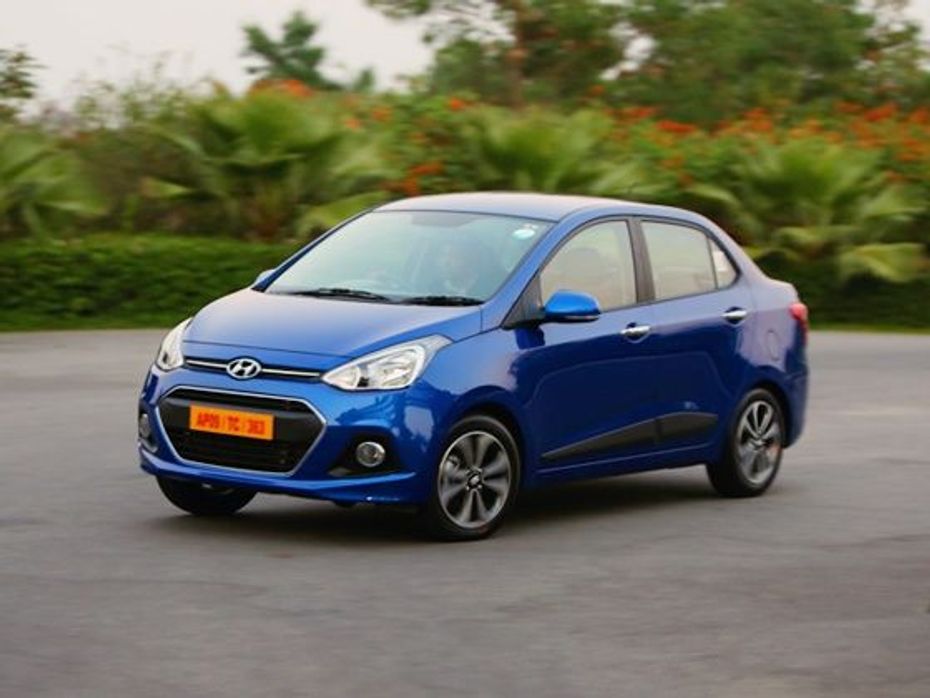
Hyundai’s rival to the fast selling Maruti Suzuki Dzire and Honda Amaze is finally here in form of the Xcent. Far from what the name suggests, the Xcent has nothing in common with the Accent, Hyundai’s old workhorse that was discontinued last year. The Accent brand is popular in India and Hyundai wants to stick to its tradition of keeping the name of its cars alive - the Verna, Elantra, Sonata and Santa Fe for example. But the Xcent is a play on letters because a car of this segment is a first for Hyundai and is targeted at Gen X or the youth in simple speak. It is the compact sub-4 metre sedan version of the popular Grand i10 hatchback which is also our compact car of the year. But is the Hyundai Xcent just a boot bolted on to the Grand i10? There’s a fair bit more to it as we found out.
Most cars we’d introduce to you from the front but not this one. The Xcent’s USP over the Grand i10 is its boot so let’s start from the rear. The Xcent gets 407 litres of boot space, it’s the best in class and in the real world can gobble two full size suitcases and a bit more. That’s around 150 litres of boot space over the hatchback too, and quite frankly, the biggest reason behind buying the Xcent over the Grand. In India, the status associated with the sedan body style also plays its part.
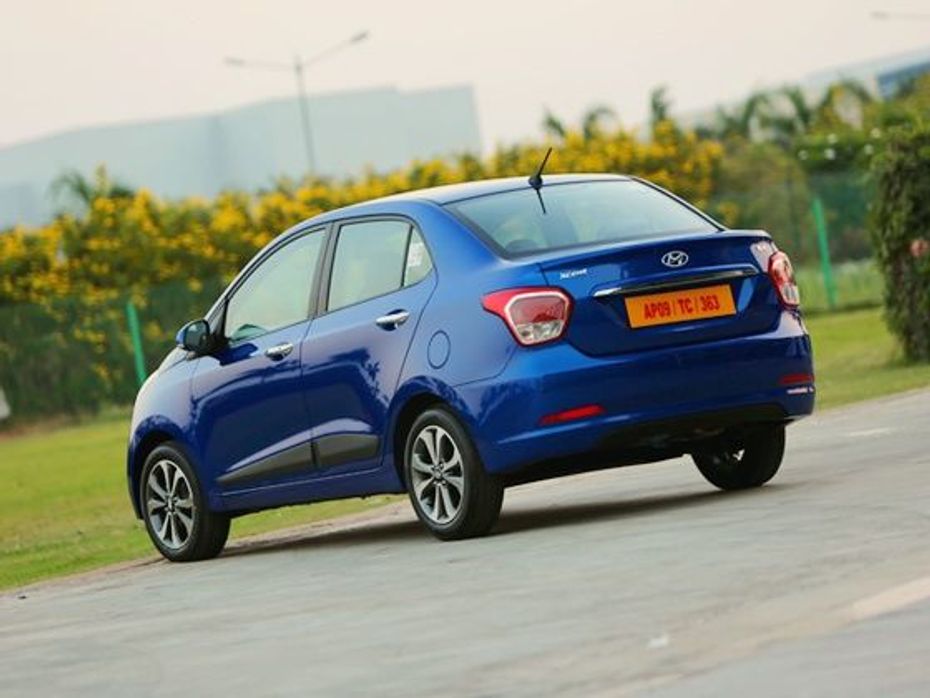
As you can see in these pictures, the Xcent doesn’t get any tweaks to the exterior to make it stand apart from its hatchback sibling. It is identical all the way back to the rear doors. The eagle eyed reader might spot the chrome ring around the lower front grille, but that’s it. This isn’t a bad thing, though. The Grand i10 is a good looking car - as all recent Hyundais are - and so the Xcent starts off on the right foot. The sharp headlights go well with the overall design and the rakish profile of the hatchback merges well with the boot.
It’s from the C-pillar that things begin to change. The more acute angle of the rear windscreen gives the Xcent its sedan profile and the stubby boot is well proportioned to the rest of the car. It’s hard when you know the design is done with a pencil in one hand and a measuring tape in the other. Credit should be given to Hyundai’s designers for its perfect execution. The taillights are new but the form is similar to the Grand i10 and the bumpers with its horizontal reflectors accentuate the Xcent’s wide stance.
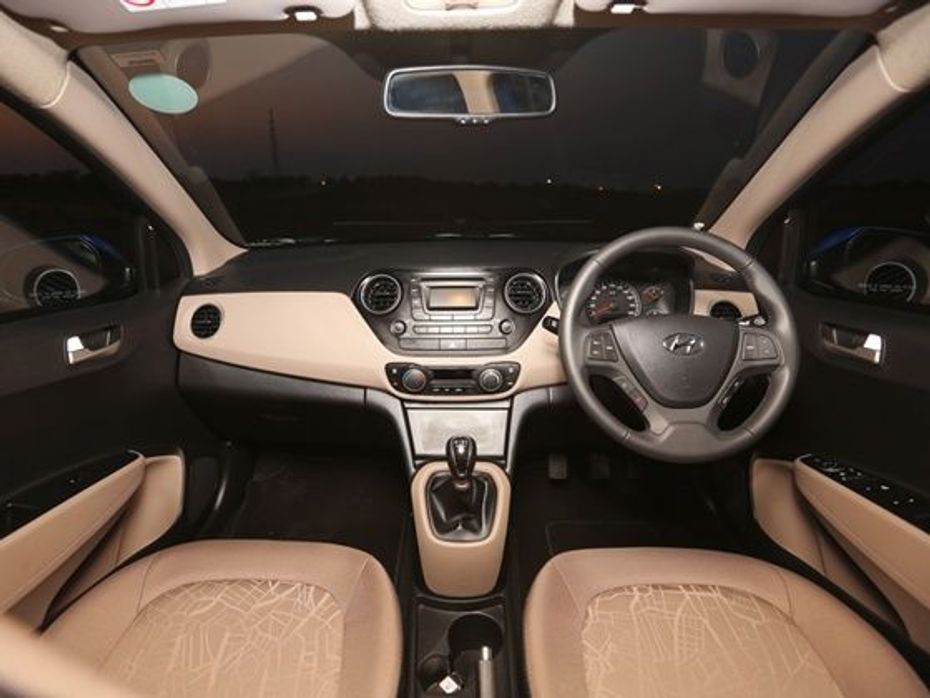
It is the same story on the inside. The dual tone dashboard, the chunky multi-function steering wheel and the dash mounted gearbox, all are similar to the Grand i10. The Xcent measures at 3,995mm x 1,660mm x 1,520mm (LxWxH). All the extra 230mm length over the Grand i10 is added towards the rear. The wheelbase is the same too at 2,425mm.
The Xcent comes with same engine and gearbox options as the Grand as well – petrol manual, petrol automatic and diesel manual. The petrol engine is the 4-cylinder 1,200cc kappa mill developing 83PS of power at 6,000rpm and 114Nm of torque at 4,000rpm and it comes mated to a 5-speed manual gearbox or a 4-speed automatic. It is a gem of an engine which was first introduced in the i10 in 2010. The car we’ve just driven is the diesel Xcent. It gets the 3-cylinder 1.1-litre mill that’s also in the Grand i10 but in the Xcent it develops 1PS extra power and 20Nm of extra torque over the Grand. With an adequate 72PS of power at 4,000rpm and 180Nm of peak torque between 1,750-2,500rpm, performance was expected to be better than the hatchback.
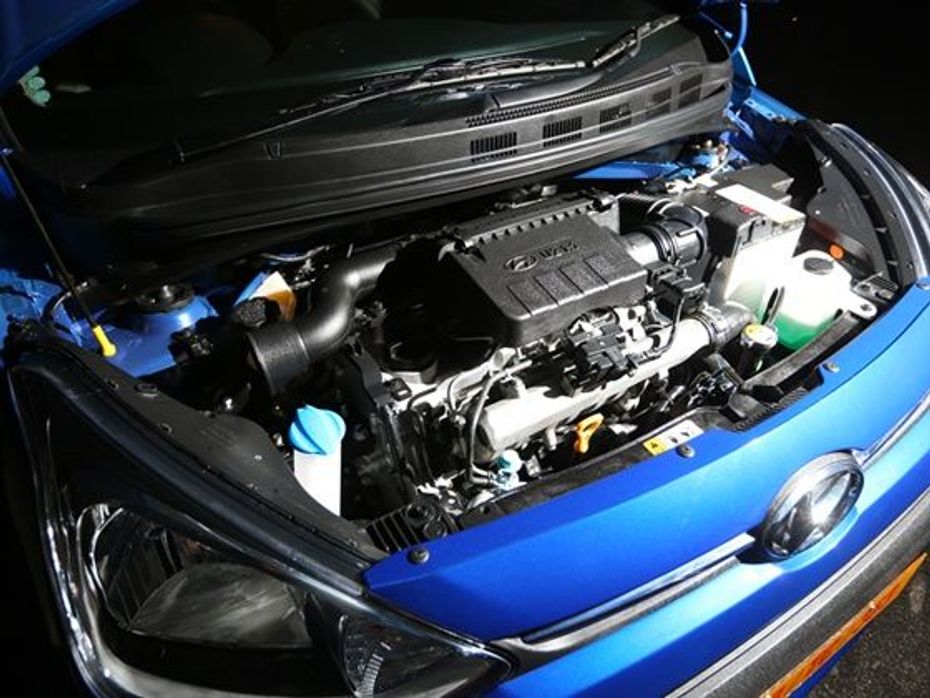
But, the added weight of the boot negates the uprated figures to an extent. Hyundai has tweaked the engine to develop extra torque in the low and mid range improving driveability. The engine comes mated to a 5-speed manual gearbox also borrowed from the Grand i10. It’s a slick shifting unit but one doesn't have to use it much as there is more torque available in the lower rev range. The need to shift gears is lesser while you are negotiating city traffic and making a quick pass requires only slight dabs on the accelerator. Theoretically, the Xcent should be marginally quicker, but we can only know that for sure with our testing equipment strapped on.
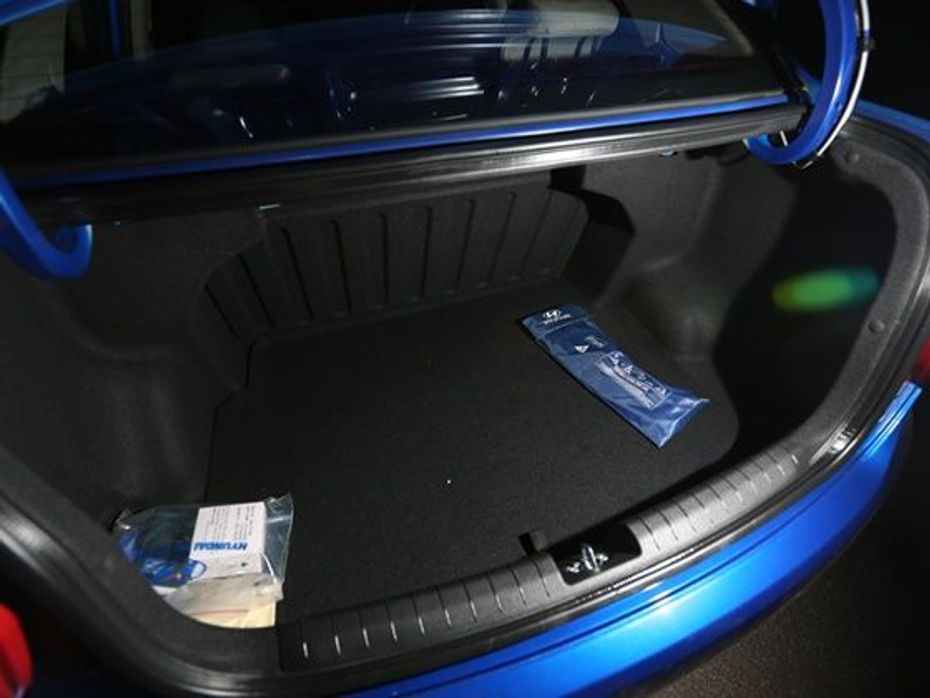
The Xcent is one of the better engineered Hyundai cars I have seen and driven. The car is more involving to drive and has an excellent suspension setup. The soft setup soaks in most undulations with ease but is also damped just right to build your confidence through a set of corners. There is some body roll but not too much to make you nervous. It’s the qualities of the Grand carried forward as expected and I like that about the sedan. Despite increase in weight and performance, Hyundai has managed to increase the diesel engine’s efficiency. It returns an ARAI certified fuel economy figure of 24.4kmpl, 0.4 kmpl more than the hatchback. In the real world, expect figures close to 17kmpl in the city and 22.5kmpl on the highway based on our tests with the Grand i10.
On the features front, the top-of-the-line Xcent in SX trim with option pack we have driven gets driver and front passenger airbags, ABS, keyless entry with push button start/stop, rear AC vents, multi function steering wheel, driver seat height adjustment, a 2-din audio system with Bluetooth, USB and aux-in ports, power outlets for the front and rear, chrome door handles on the inside and out and rear parking sensors and parking camera with display in the rear view mirror. On the outside, the Xcent gets integrated turn indicators in the electrically adjustable auto-folding outside rear view mirrors and 15-inch alloy wheels (it’s part of the option pack – 14-inch wheels on SX trim). There isn’t much you will need besides leather seats, which should be available as a dealer option.
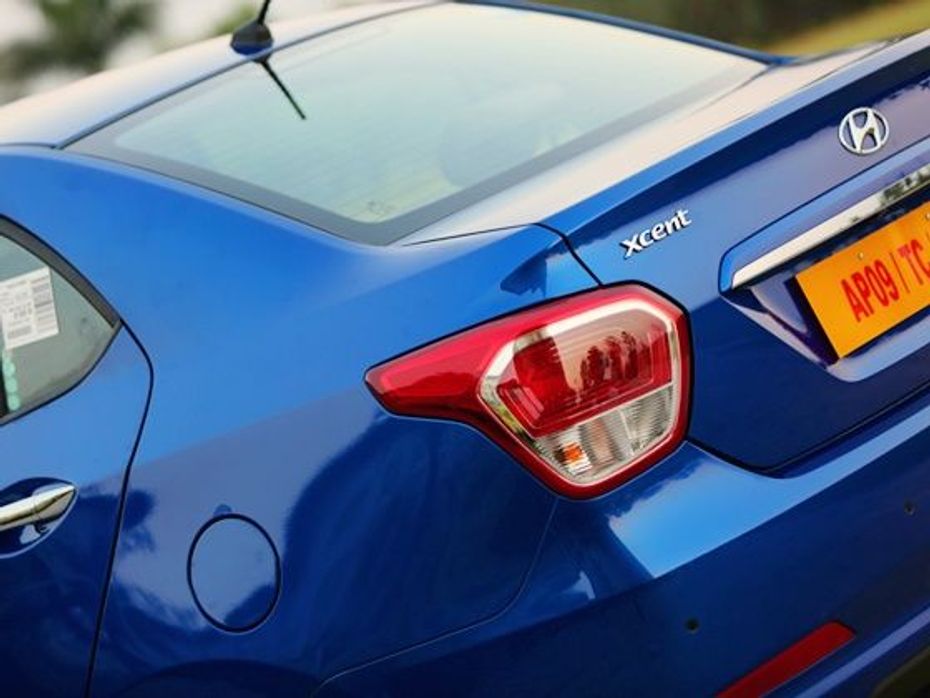
The Xcent is a competent car, and it's well priced too in its class. But, we feel the pricing with respect to the Grand i10 might be a bit of a dampener. The base variants of the Xcent and the Grand i10 aren’t too far apart, but the Hyundai Xcent diesel in SX (O) trim costs Rs 7.42 lakh ex-showroom Delhi, about Rs 1.1 lakh more than the top-end Grand i10. And for that extra moolah, you don’t get a whole lot more. The Hyundai Xcent a nice car to drive and comes fitted with a long list of features and it will also not disappoint you as an overall package. But when viewed with respect to the Grand i10, the Xcent doesn’t make such a compelling case for itself.
The marginal extra power on tap isn’t a deciding factor between the two. So, if you are one who frequents out-of-town drives with a full compliment of passengers and need the extra luggage space or want to buy the sedan purely as a status symbol over the hatchback, the Xcent is the car for you.
 Tata Tigor
Tata Tigor
India's largest automotive community
 Hyundai Creta
Rs. 11.10 Lakh
Hyundai Creta
Rs. 11.10 Lakh
 Hyundai Venue
Rs. 7.94 Lakh
Hyundai Venue
Rs. 7.94 Lakh
 Hyundai Verna
Rs. 11.07 Lakh
Hyundai Verna
Rs. 11.07 Lakh
 Hyundai Creta Electric
Rs. 17.99 Lakh
Hyundai Creta Electric
Rs. 17.99 Lakh
 Hyundai i20
Rs. 7.04 Lakh
Hyundai i20
Rs. 7.04 Lakh
 Maruti Dzire
Rs. 6.79 Lakh
Maruti Dzire
Rs. 6.79 Lakh
 Hyundai Verna
Rs. 11.07 Lakh
Hyundai Verna
Rs. 11.07 Lakh
 Toyota Camry
Rs. 48.00 Lakh
Toyota Camry
Rs. 48.00 Lakh
 Hyundai Aura
Rs. 6.54 Lakh
Hyundai Aura
Rs. 6.54 Lakh
 Honda Amaze
Rs. 7.99 Lakh
Honda Amaze
Rs. 7.99 Lakh